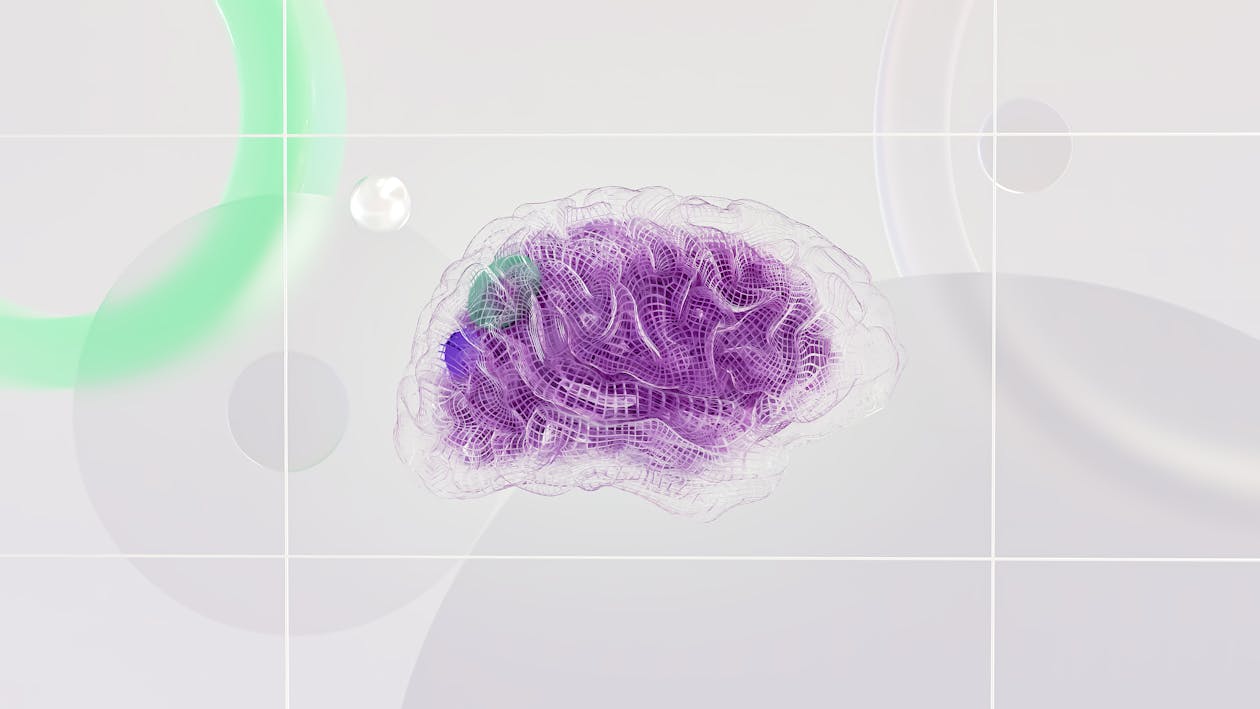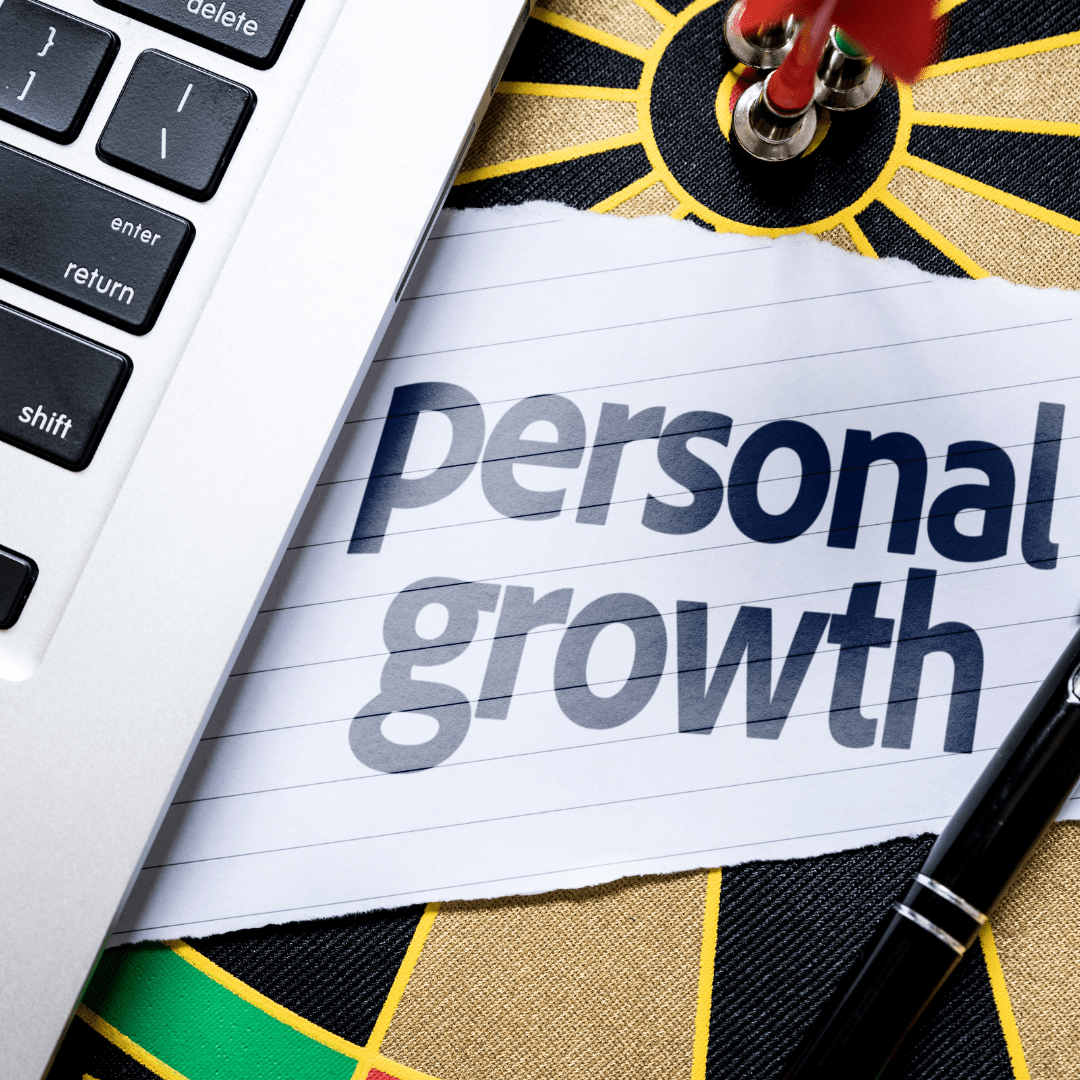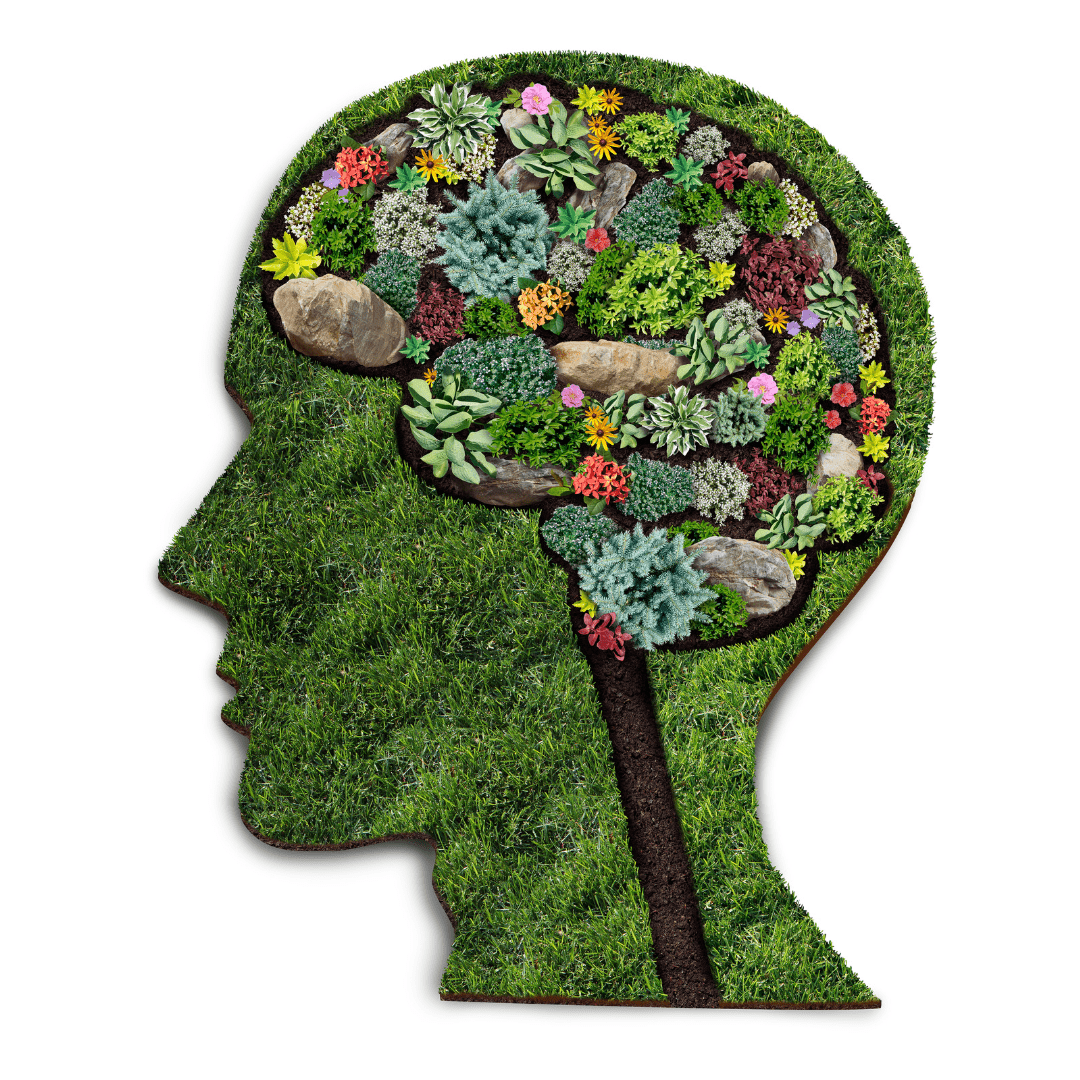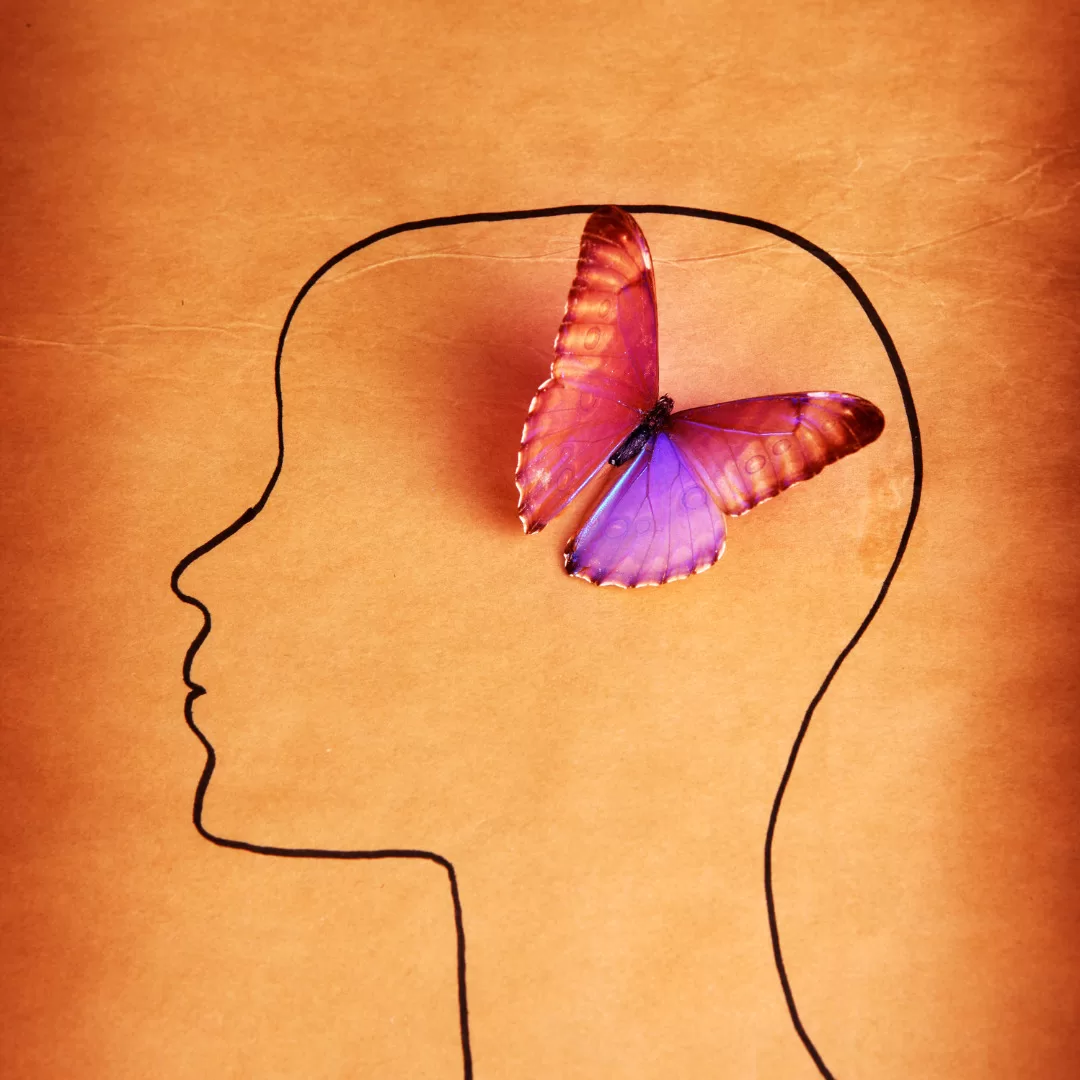Welcome to a journey of self-discovery and empowerment! Today, we’re not just exploring any topic; we’re delving into the profound depths of the subconscious mind. Often underestimated, this part of our psyche is a powerhouse of potential, waiting to be harnessed for personal growth and transformation. In this post, we’ll uncover the influence of the subconscious mind and delve into the science behind subconscious mind exercises. So, let’s get started and unlock the secrets to a more fulfilled and empowered life.
The Subconscious Mind: Your Untapped Resource
Think of the subconscious mind as a vast, unexplored ocean teeming with hidden treasures. It’s the part of our mind that operates below the level of conscious awareness, influencing over 95% of our thoughts and actions. While we’re busy with our day-to-day tasks, our subconscious mind is tirelessly at work, shaping our beliefs, emotions, and habits.
Understanding the Influence of the Subconscious
The subconscious mind is like the silent pilot of our life’s ship, steering us through our daily interactions and decisions without us even realizing it. It’s where our deepest fears, aspirations, and beliefs reside, quietly guiding our choices and shaping our life’s path. By learning to tap into and influence this powerful inner realm, we can change long-standing patterns and unlock new possibilities for our lives.
The Science Behind Subconscious Mind Training
Modern psychology and neuroscience have shed light on the incredible plasticity of the brain. This means that our brain’s neural pathways, which are heavily influenced by subconscious processes, can be reshaped and retrained. Techniques like visualization, affirmations, and mindfulness meditation aren’t just feel-good practices; they’re backed by science as effective tools for rewiring our brains, leading to lasting changes in our thoughts, feelings, and behaviors.
5 Transformative Subconscious Mind Exercises
Embarking on a journey to harness the power of your subconscious mind can be both exhilarating and life-changing. These five subconscious mind exercises are designed not just to tap into that power, but to transform it into tangible, positive changes in your life. Each technique is simple yet profound, offering a pathway to deeper self-understanding, enhanced creativity, and greater personal fulfillment. Let’s dive into each of these transformative techniques and see how they can reshape your world from the inside out.
Overview of the Five Key Techniques
- Visualization: This powerful tool involves picturing your desired outcomes with vivid detail, engaging all your senses to create a complete mental image of your success.
- Positive Affirmations: These are short, potent statements that you repeat to yourself, designed to reinforce positive thinking and self-belief.
- Mindfulness Meditation: A practice that brings your attention to the present moment, mindfulness meditation helps in quieting the noise of the subconscious mind, allowing for greater clarity and focus.
- Journaling: Writing down your thoughts, feelings, and experiences can provide profound insights into your subconscious mind, revealing patterns and beliefs that shape your life.
- Guided Imagery: Similar to visualization, this technique involves using directed thoughts and suggestions to guide your imagination toward a relaxed, focused state.
In the following sections, we’ll explore each of these subconscious mind exercises in more detail, providing you with practical steps to incorporate them into your daily routine. Whether you’re new to subconscious mind training or looking to deepen your existing practice, these subconscious mind exercises offer a path to unlocking your full potential.
Exercise 1: Visualization for Goal Achievement
Imagine if you could see your dreams and goals materialize right in front of you. That’s the power of visualization – a dynamic tool that can significantly impact your subconscious mind, turning your deepest desires into achievable realities. Let’s break down how you can harness this power to not only see your goals but to bring them to life.

Steps to Effective Goal Visualization
- Define Your Goal: Start with clarity. What exactly do you want to achieve? Whether it’s a promotion at work, improving your health, or learning a new skill, be as specific as possible.
- Create a Vivid Mental Image: Close your eyes and paint a detailed picture in your mind. What does achieving your goal look like? How do you feel? What are the sounds and scents around you? The more vivid the image, the more powerful the impact.
- Incorporate Emotion: Emotions are the language of the subconscious mind. Infuse your visualization with feelings of joy, pride, and accomplishment to deepen the effect.
- Use Guiding Narratives: Sometimes, it helps to narrate your visualization like a story. This can guide your imagination and add more layers to your mental imagery.
- Practice Regularly: Consistency is key. Make visualization a daily habit, even if it’s just for a few minutes each day.
Daily Visualization Practice for Best Results
To get the best results from visualization, integrate it into your daily routine. Here are some tips to make it a habit:
- Set Aside Time: Dedicate a specific time each day for visualization. Mornings can be ideal as your mind is clear and receptive.
- Find a Quiet Space: Choose a place where you won’t be disturbed. This helps in maintaining focus and deepening your practice.
- Keep a Journal: After each session, jot down any new insights or feelings that emerge. This can help track your progress and refine your visualization.
- Stay Patient and Positive: Remember, change doesn’t happen overnight. Stay committed to your practice, and trust the process.
Visualization isn’t just daydreaming; it’s an active, purposeful exercise in shaping your future. By regularly practicing and refining your visualization skills, you’re not just imagining your success; you’re laying the groundwork for it to manifest in your life. So, visualize with intention, embrace the feelings that arise, and watch as your goals start turning into your reality.
Exercise 2: Positive Affirmations for Self-Empowerment
Affirmations are like seeds planted in the fertile soil of your subconscious mind. When nurtured daily, they blossom into empowering beliefs and transformative actions. Out of all the subconscious mind exercises, in this, we’ll explore how to craft and use positive affirmations to foster self-empowerment and catalyze profound changes in your life.

Crafting and Using Affirmations Daily
- Choose Positive, Present Tense Phrases: Your affirmations should be positive statements, expressed as if they are already happening. For example, instead of saying, “I will be confident,” affirm, “I am confident.”
- Be Specific: Tailor your affirmations to your personal goals and desires. The more specific they are, the more effective they’ll be.
- Repeat Them Regularly: Repetition is the key to embedding these new beliefs into your subconscious. Repeat your affirmations aloud, in your mind, or write them down several times a day.
- Feel the Affirmation: Don’t just say it; feel it. Engage your emotions as you repeat your affirmations. This emotional connection reinforces their power.
- Stay Consistent: Make affirmations a part of your daily routine. Consistency turns these positive statements from mere words into beliefs and, eventually, into realities.
Examples of Powerful Affirmations
To get you started, here are some powerful affirmations that can ignite your journey towards self-empowerment:
- “I am worthy of success and happiness.”
- “I possess the strength to overcome any challenge.”
- “I am in charge of my life and no one else.”
- “Every day, in every way, I am becoming better and better.”
- “I am surrounded by abundance in all areas of my life.”
Remember, the most powerful affirmations are the ones that resonate deeply with you. Feel free to modify these examples or create your own to better suit your personal aspirations and goals.
Positive affirmations are more than just feel-good quotes or motivational sayings; they’re a tool for conscious change. By incorporating them into your daily subconscious mind exercises, you’re actively reshaping your thoughts, which in turn, transforms your reality. So, affirm with conviction, believe in your words, and watch as the world opens up to your newfound power and confidence.
Exercise 3: Mindfulness Meditation for Awareness
In the hustle and bustle of modern life, our minds often run on autopilot, filled with endless chatter and distractions. Mindfulness meditation offers a serene island in this storm, a place where we can find clarity and calm. This practice isn’t just about sitting quietly; it’s about becoming acutely aware of the present moment, leading to a deeper understanding of ourselves and our subconscious mind. Let’s explore some basic techniques to get started with mindfulness meditation and how to weave this practice into the fabric of our daily lives.

Basic Mindfulness Techniques
- Find a Comfortable Position: Whether you’re sitting on a chair, cushion, or mat, ensure your posture is comfortable yet alert. Keep your back straight but not stiff.
- Focus on Your Breath: Pay attention to the natural rhythm of your breathing. Notice the sensation of air flowing in and out of your nostrils, or the rise and fall of your chest.
- Acknowledge Wandering Thoughts: It’s natural for your mind to wander. When you notice this happening, gently bring your focus back to your breath without judgment.
- Start with Short Sessions: If you’re new to meditation, begin with 5-10 minute sessions. Gradually increase the duration as you become more comfortable with the practice.
- Use guided meditations: If you find it challenging to meditate alone, consider using guided meditations available through apps or online resources.
Integrating Mindfulness into Daily Life
Mindfulness doesn’t have to be confined to your meditation cushion; it can be a part of your everyday activities. Here are some tips to incorporate mindfulness throughout your day:
- Mindful Eating: Pay attention to the taste, texture, and aroma of your food. Eat slowly and savor each bite, appreciating the nourishment it provides.
- Mindful Walking: When walking, notice the sensation of your feet touching the ground, the rhythm of your steps, and the sounds around you.
- Mindful Listening: In conversations, focus fully on the speaker. Observe their words, tone, and body language without rushing to respond.
- Pause Between Tasks: Take brief pauses between different activities to center yourself and breathe. This helps in maintaining a mindful presence throughout the day.
Mindfulness meditation is one of the powerful subconscious mind exercises that brings you back to the present, reducing stress and enhancing overall well-being. By practicing these techniques and integrating mindfulness into your daily routine, you cultivate a heightened sense of awareness, leading to greater inner peace and clarity. Remember, mindfulness is a journey, not a destination. The more you practice, the deeper your understanding and connection to your subconscious mind will become.
Exercise 4: Journaling for Subconscious Exploration
Journaling is more than just a way to document daily events; it’s a powerful tool for introspection and one of the most effective subconscious mind exercises. By putting pen to paper, you can uncover hidden thoughts, emotions, and patterns, leading to profound insights into your inner world. Let’s delve into how you can start and maintain a journal focused on exploring your subconscious, and how this practice can become a cornerstone of your personal growth journey.

How to Start and Maintain a Subconscious Journal
- Choose Your Medium: Whether you prefer a classic notebook or a digital journal, select a medium that feels comfortable and inspiring to you.
- Create a Routine: Set aside a specific time each day for journaling. Consistency is key in making journaling a part of your subconscious mind exercises.
- Write Freely: Initially, don’t worry about structure or grammar. Let your thoughts flow naturally. The goal is to capture your genuine thoughts and feelings.
- Use Prompts: If you’re unsure where to start, use prompts like “What am I grateful for?” or “What emotions am I feeling right now?” to ignite your writing.
- Keep It Private: Your journal is a safe space for honest self-expression. Knowing it’s private allows you to be more open and introspective.
Analyzing Your Thoughts and Patterns
Once you’ve established a routine, the next step in these subconscious mind exercises is to reflect on what you’ve written. This analysis can help you identify recurring themes, emotional patterns, or beliefs that are shaping your life. Here are some tips to guide you:
- Look for Patterns: Are there recurring thoughts or feelings that show up in your journal? These can be clues to understanding your subconscious motivations.
- Connect the Dots: Sometimes, different entries might seem unrelated at first but look deeper. You might find connections that reveal larger patterns in your thinking or behavior.
- Reflect on Changes: Over time, observe how your entries evolve. This can be incredibly revealing and empowering, showing you how your mindset shifts as you engage in subconscious mind exercises.
- Take Action: Use the insights from your journal to inform your decisions and actions. If you notice negative patterns, consider how you might address them. If you discover strengths or passions, think about how to nurture and expand them.
Journaling as part of your subconscious mind exercises isn’t just about self-discovery; it’s about using those discoveries to foster growth and change. As you continue to journal, you’ll likely find that this practice not only helps in exploring your subconscious mind but also plays a crucial role in shaping your journey toward self-improvement and fulfillment.
Exercise 5: Guided Imagery for Deep Relaxation
Guided imagery is a serene and powerful journey within, leading you to a state of deep relaxation and heightened awareness. As one of the most soothing subconscious mind exercises, it allows you to tap into your inner wisdom and creativity, offering a unique pathway to understanding your deeper self. Let’s explore how you can use guided imagery to not only relax deeply but also to gain valuable insights from your subconscious mind.
Techniques for Effective Guided Imagery
- Find a Quiet Space: Choose a peaceful area where you won’t be disturbed. This setting helps your mind transition more smoothly into a relaxed state.
- Use Audio Guides: For beginners, guided imagery audio recordings can be very helpful. Choose a guide whose voice and style resonate with you.
- Visualize a Peaceful Scene: Close your eyes and imagine a place that feels safe and calming. It could be a beach, a forest, or even a cozy room. Engage all your senses to make the experience as vivid as possible.
- Incorporate a Purpose: Whether it’s finding solutions to a problem, enhancing creativity, or simply unwinding, have a clear intent for your guided imagery session.
- Let Go of Control: Allow the imagery to flow naturally. Don’t worry if your mind wanders or if the images change. The key is to relax and let your subconscious lead the way.

Using Guided Imagery to Access Subconscious Insights
Guided imagery is more than just a relaxation tool; it’s a bridge to the deeper realms of your mind. As you engage in this subconscious mind exercise, you might find unexpected thoughts or memories surfacing. Here’s how to use these insights:
- Observe Without Judgment: If insights or emotions arise during your session, observe them without criticism or analysis. This non-judgmental awareness is crucial in understanding your subconscious mind.
- Journal Post-Session: After your guided imagery practice, take some time to write down any insights, feelings, or ideas that came up. This can help you process and make sense of what you’ve discovered.
- Look for Patterns: Over time, you might notice themes or recurring imagery in your sessions. These patterns can be key in unlocking deeper subconscious truths and guiding your personal growth journey.
Incorporating guided imagery into your routine of subconscious mind exercises offers a gentle yet profound way to explore the depths of your psyche. It’s a journey of discovery, where each session can bring new understanding, peace, and clarity. By practicing regularly, you’ll find that this technique not only relaxes your mind but also enriches your inner life, revealing the vast, untapped potential of your subconscious.
Applying These Exercises for Maximum Benefit
Now that we’ve explored five transformative subconscious mind exercises, the next step is integrating them into your life for maximum impact. Creating a routine that encompasses visualization, affirmations, mindfulness meditation, journaling, and guided imagery can seem daunting at first. However, with a bit of planning and commitment, these practices can become as natural and essential as your morning cup of coffee. Let’s dive into how you can create a routine that incorporates all these exercises and some tips to maintain consistency and encourage growth.
Creating a Routine Incorporating All Five Exercises
- Start Small: If you’re new to these subconscious mind exercises, begin with one or two and gradually add more to your routine.
- Designate Time: Allocate specific times of the day for each practice. For instance, morning can be great for affirmations and visualization, while evenings can be reserved for journaling and guided imagery.
- Combine Techniques: Some of these exercises can be effectively combined. For example, mindfulness can be practiced during journaling or visualization during guided imagery.
- Personalize Your Practice: Tailor each exercise to fit your personal goals and lifestyle. There’s no one-size-fits-all approach to subconscious mind exercises.
Tips for Consistency and Growth
- Set Realistic Goals: Begin with achievable goals for your practice. This could mean meditating for five minutes a day or writing one page in your journal each night.
- Track Your Progress: Keeping a record of your practice can be motivating. Note down what you did and any insights or feelings that arose.
- Be Patient and Kind to Yourself: Some days, your practice might feel challenging. It’s important to be patient and not get discouraged. Growth takes time and perseverance.
- Regularly Review and Adjust Your Routine: As you evolve, so will your needs. Regularly reassess your routine and make adjustments as necessary.
Incorporating these subconscious mind exercises into your daily life isn’t just about personal development; it’s about creating a more mindful, intentional way of living. Each exercise offers unique benefits and, when combined, can lead to profound changes in your mindset, well-being, and overall quality of life. Remember, the journey of self-improvement is ongoing. Embrace each step, celebrate your progress, and always look forward to the growth that awaits.
Success Stories and Evidence of Effectiveness
When we talk about subconscious mind exercises, it’s not just theoretical knowledge; it’s about real-life applications and the transformative impact they can have. Across the globe, countless individuals have used these techniques to make significant changes in their lives. Moreover, a growing body of research supports the effectiveness of these practices. Let’s look at some inspiring success stories and the scientific evidence backing these methods.
Real-Life Examples of Transformation
- Visualization: John, a sales executive, used visualization techniques to boost his confidence and performance. By consistently visualizing successful client meetings and positive outcomes, he not only improved his sales figures but also his job satisfaction and personal well-being.
- Positive Affirmations: Lisa, struggling with self-doubt, began using positive affirmations daily. Over time, she reported increased self-esteem and a more optimistic outlook, which led to better relationships and career advancement.
- Mindfulness Meditation: Mark, a software developer dealing with stress and burnout, turned to mindfulness meditation. He found that it helped him manage stress, enhance focus, and improve his overall mental health.
- Journaling: Emily, a college student, used journaling as a tool to navigate her thoughts and emotions. This practice helped her understand her anxiety triggers and develop healthier coping mechanisms.
- Guided Imagery: Sarah, recovering from surgery, used guided imagery to aid her recovery. Her practice not only reduced her pain levels but also accelerated her healing process.
Research Supporting These Techniques
Scientific studies have begun to shed light on why these subconscious mind exercises are so effective. For instance:
- Visualization: Research has shown that visualization activates the same neural networks that actual tasks do, suggesting why mental practice can improve performance.
- Positive Affirmations: Studies indicate that self-affirmation activates brain regions associated with self-related processing and reward, similar to what happens when we think about our loved ones.
- Mindfulness Meditation: Numerous studies, including those published in journals like ‘JAMA Internal Medicine,’ have found mindfulness meditation can help reduce anxiety, depression, and pain.
- Journaling: According to a study in the ‘Journal of Experimental Psychology,’ expressive writing (like journaling) can help individuals process emotions and trauma, leading to improved mental health.
- Guided Imagery: Research in ‘Behavioral Medicine‘ shows that guided imagery can reduce stress and improve immune function, demonstrating its role in both mental and physical health.
These stories and studies highlight the real-world effectiveness of subconscious mind exercises. They’re not just quick fixes but powerful tools for long-term personal growth and well-being. By incorporating these practices into your life, you too can experience profound changes, just like John, Lisa, Mark, Emily, and Sarah. Remember, the key is consistency and belief in the process. Your subconscious mind is a powerful ally on your journey to self-improvement and fulfillment.
Conclusion
The journey of mastering your subconscious mind through these exercises is a path of profound self-discovery and transformation. As you’ve learned, the power of your subconscious is vast, and with the right tools and practices, you can harness that power to lead a more fulfilling and intentional life.
The Journey of Subconscious Mastery
Embarking on the journey of mastering your subconscious is akin to setting sail on uncharted waters. It’s an adventure into the depths of your mind, where you’ll uncover hidden treasures of potential and wisdom. These subconscious mind exercises serve as your compass, guiding you through the currents of thoughts, beliefs, and emotions that shape your reality.
As you practice visualization, affirmations, mindfulness meditation, journaling, and guided imagery, you’ll find yourself navigating this inner landscape with greater ease. You’ll gain insight into your own thought patterns, emotions, and behaviors. You’ll learn to rewrite the scripts of your subconscious, replacing self-limiting beliefs with empowering ones.
Continuous Learning and Self-Improvement
The journey of subconscious mastery is not a destination but a lifelong expedition. It’s a commitment to continuous learning and self-improvement. Just as a skilled musician constantly hones their craft or a seasoned athlete continually strives for excellence, your subconscious mind requires ongoing attention and cultivation.
As you move forward, remember that growth takes time, and the path may have its ups and downs. Embrace the journey with an open heart, knowing that each day of practice brings you closer to realizing your fullest potential.
Whether you’re seeking personal growth, enhanced creativity, stress relief, or a deeper understanding of yourself, these subconscious mind exercises offer a roadmap. They are tools that empower you to shape your own destiny, rewrite the stories that reside within you, and embark on a life of conscious creation.
In the realm of subconscious mind exercises, there’s no finish line. There’s only an endless horizon of possibility and the opportunity to evolve into the best version of yourself. So, continue this journey with enthusiasm, curiosity, and a commitment to your own growth. Your subconscious mind is a boundless reservoir of potential waiting to be unlocked, and the key to that reservoir is in your hands.
As you step forward into the world with a newfound awareness and mastery of your subconscious, may your life be enriched, your goals achieved, and your path illuminated by the light of your own inner wisdom.
Kemetic Spirituality: 7 Principles of Kemetic Spirituality & Teachings












